he not accurate to scale
AGKEYS
AG1 tailhook
AG2 ATG weapons drop
HISTORY
The Vought F4U Corsair is an American fighter aircraft that saw service primarily in World War II and the Korean War. Designed and initially manufactured by Chance Vought, the Corsair was soon in great demand; additional production contracts were given to Goodyear, whose Corsairs were designated FG, and Brewster, designated F3A.
The Corsair was designed and operated as a carrier-based aircraft, and entered service in large numbers with the U.S. Navy in late 1944 and early 1945. It quickly became one of the most capable carrier-based fighter-bombers of World War II.[3] Some Japanese pilots regarded it as the most formidable American fighter of World War II and its naval aviators achieved an 11:1 kill ratio.[4][5] Early problems with carrier landings and logistics led to it being eclipsed as the dominant carrier-based fighter by the Grumman F6F Hellcat, powered by the same Double Wasp engine first flown on the Corsair's initial prototype in 1940. Instead, the Corsair's early deployment was to land-based squadrons of the U.S. Marine Corps and U.S. Navy.
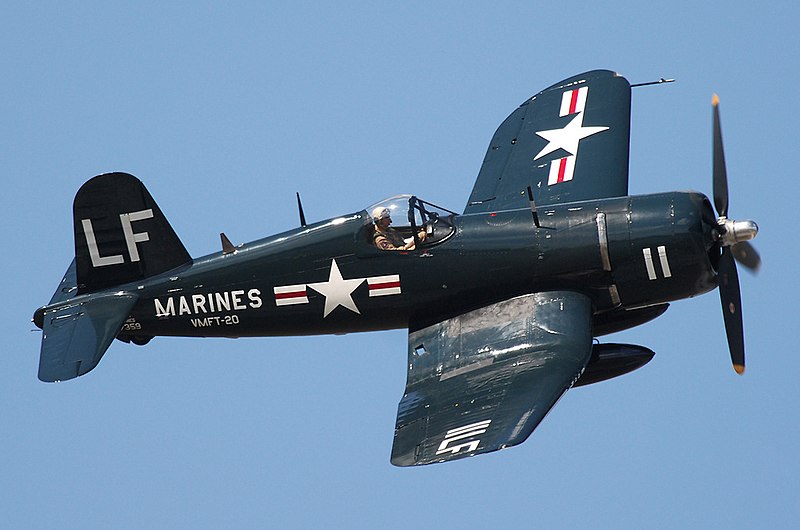
The Corsair served almost exclusively as a fighter-bomber throughout the Korean War and during the French colonial wars in Indochina and Algeria. In addition to its use by the U.S. and British, the Corsair was also used by the Royal New Zealand Air Force, French Naval Aviation, and other air forces until the 1960s.
From the first prototype delivery to the U.S. Navy in 1940, to final delivery in 1953 to the French, 12,571 F4U Corsairs were manufactured in 16 separate models. Its 1942–1953 production run was the longest of any U.S. piston-engined fighter.
Specifications
Spotlights
- Hahahahaahahshs 1.1 years ago
- LunarEclipseSP 1.1 years ago
- sprunkigetfunky 1.1 years ago
General Characteristics
- Created On iOS
- Wingspan 33.1ft (10.1m)
- Length 25.8ft (7.9m)
- Height 11.6ft (3.5m)
- Empty Weight 5,326lbs (2,415kg)
- Loaded Weight 6,788lbs (3,079kg)
Performance
- Horse Power/Weight Ratio 0.294
- Wing Loading 30.3lbs/ft2 (148.2kg/m2)
- Wing Area 223.7ft2 (20.8m2)
- Drag Points 1626
Parts
- Number of Parts 34
- Control Surfaces 7
- Performance Cost 264

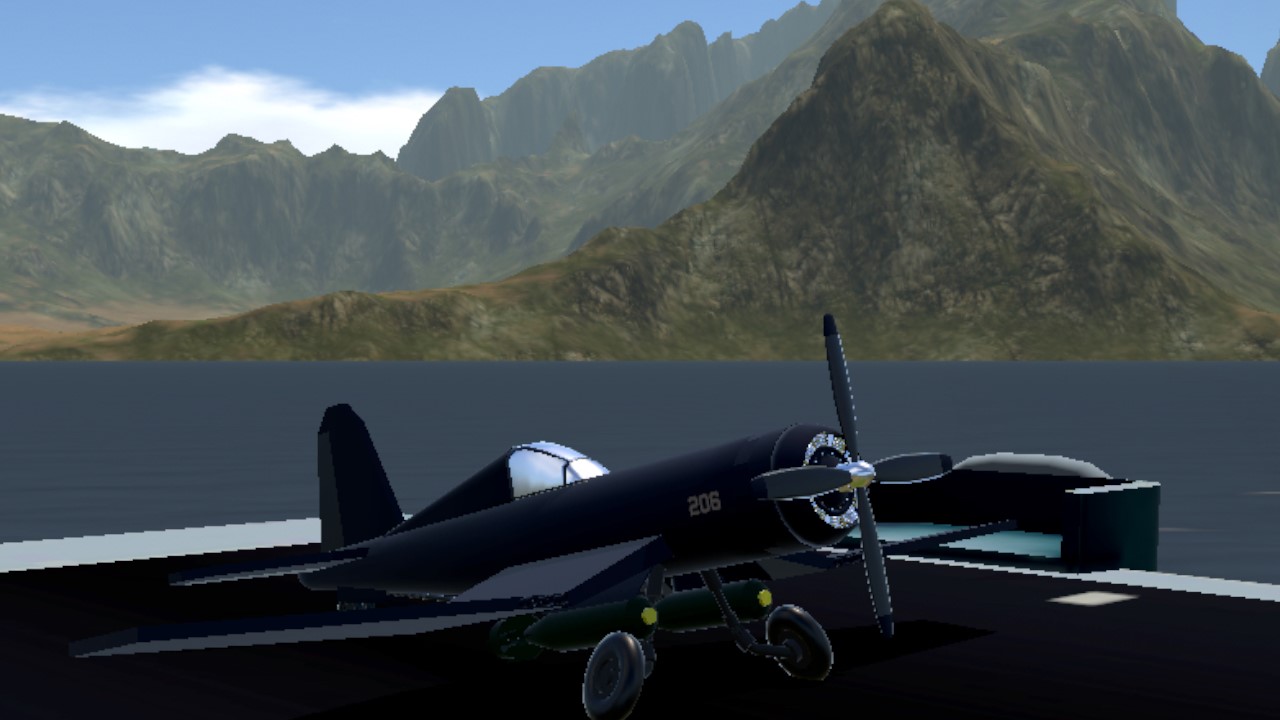
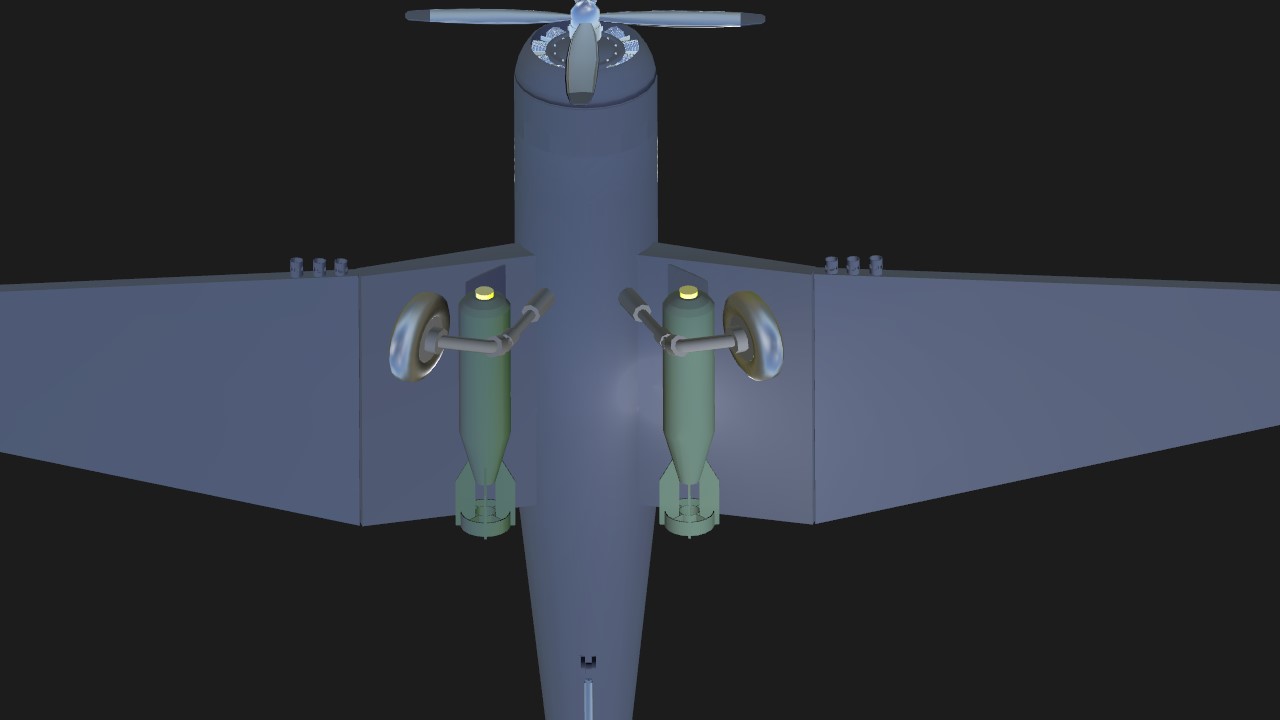
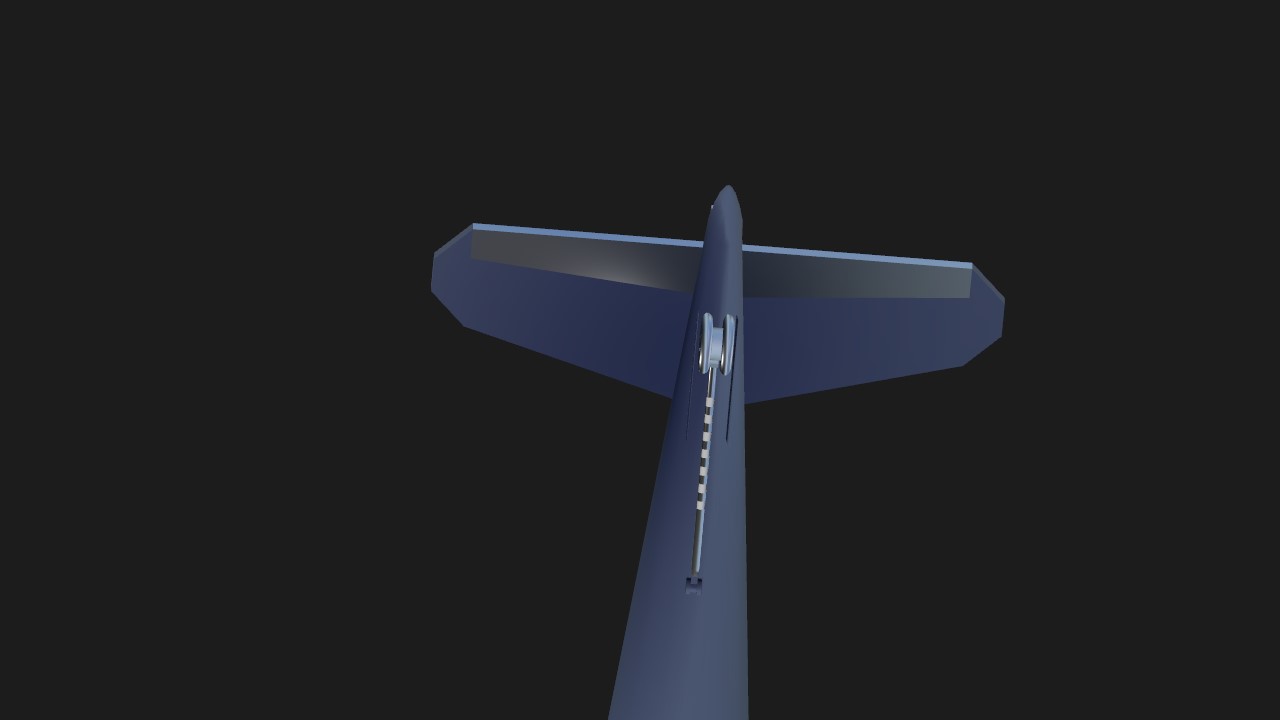
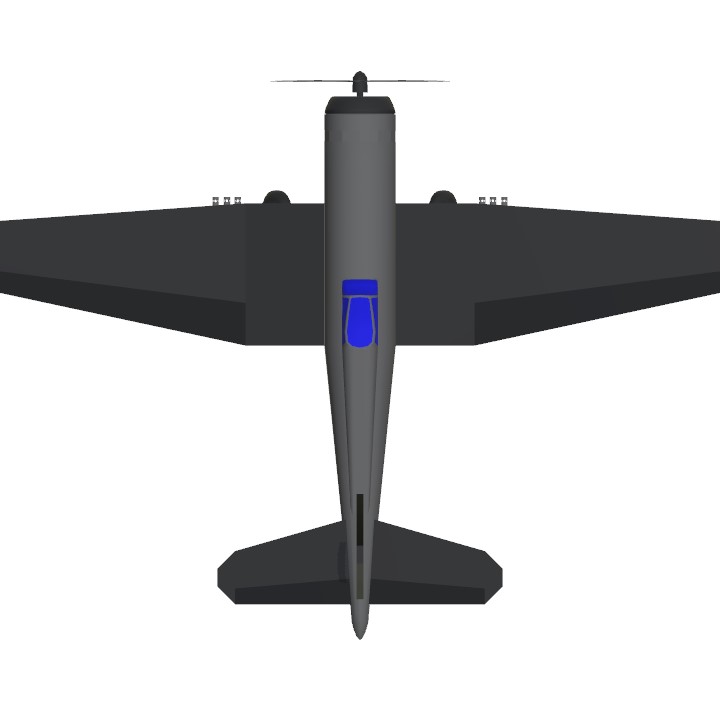
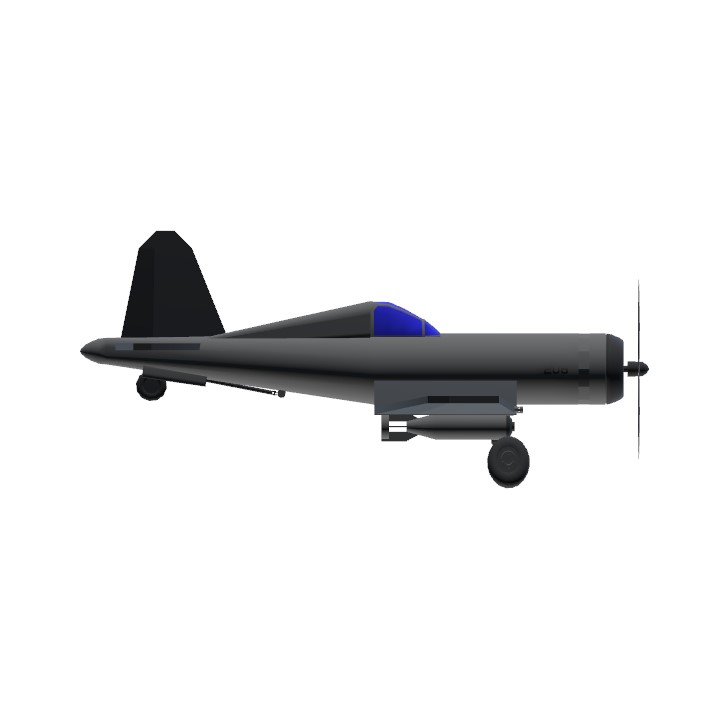
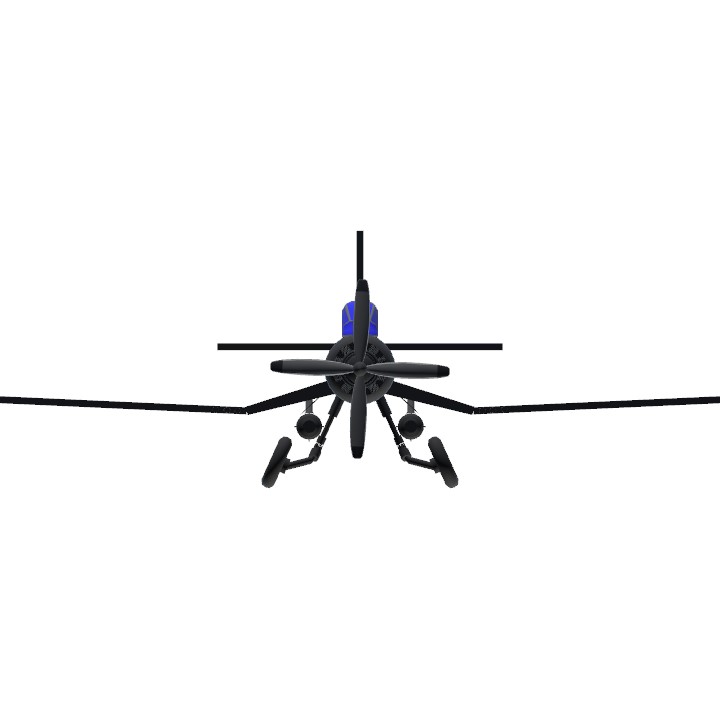
@Graingy biggie upvote
Needs more German
Yay you posted it
basically the f-12 i said i was making
lets see how many upvotes this gets